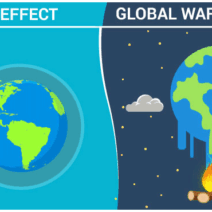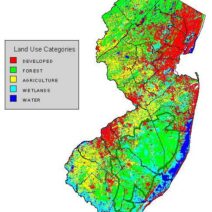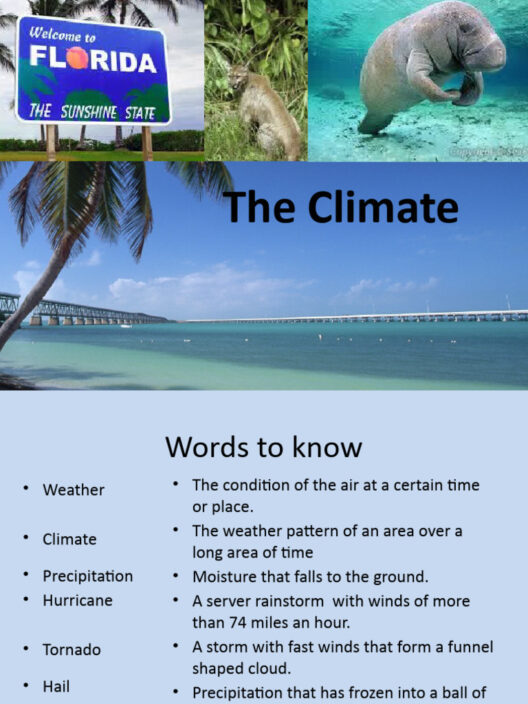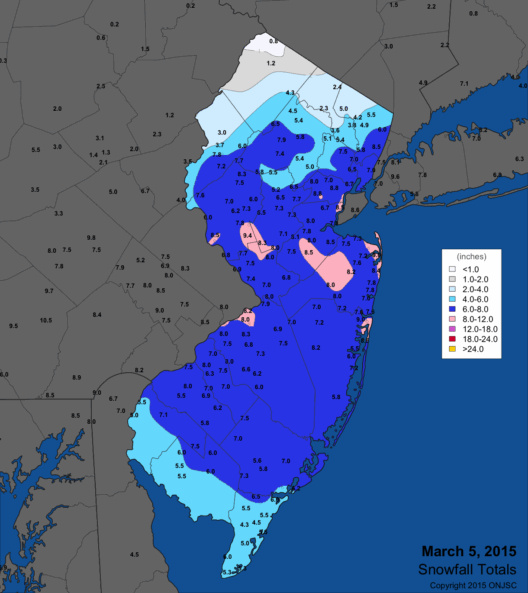Phenology, the study of cyclical biological events, acts as nature’s clock, a tapestry woven from countless threads of life that reflect the seasonal rhythms of the world around us. As global warming continues to reshape our planet, this intrinsic timing is increasingly erratic, unveiling a story of disruption. Picture a conductor in an orchestra, fervently waving their baton; however, the musicians are no longer in sync, playing their notes at varying tempos. This lack of harmony illustrates the profound impact of climate change on ecological processes, reflecting the delicate balance that sustains life.
At the heart of phenology lies the synchronous flowering of plants, breeding cycles of animals, and the migrations of birds. These phenomena are intricately intertwined with climatic cues such as temperature and precipitation. For centuries, flora and fauna have evolved to align their life cycles with the seasons. However, as the planet warms, this synchronization is beginning to unravel, resulting in a cascade of ecological consequences.
Poets often capture the seasons in vivid imagery, but science has shown that these transitions are not as immutable as once thought. Warmer temperatures can herald the early bloom of cherry blossoms, while, at the same time, they may disrupt the lifecycle of pollinators that rely on them. This dissonance poses challenges not only for individual species but also for entire ecosystems, leading to a potential collapse of food webs. The robin may sing in February, but if the earthworms it devours have not yet emerged, the song remains an echo of unmet needs.
Empirical research has unearthed unsettling trends. Numerous plant species now bloom earlier in the spring, with some records indicating shifts of two to three weeks or more. Similarly, migrating birds are arriving sooner, often before their primary food sources are available. These shifts can result in mismatches; a delicate thread severed by the relentless march of climate change, threatening the delicate interdependencies that have developed over millennia.
In the anthropogenic age, each event reverberates outward. The apex predator might find its hunting grounds shift as prey species evolve earlier reproductive cycles. Farmers have begun to witness these shifts on their fields. Crops that relied on specific growing seasons now face the uncertainties of early frosts or droughts, leaving agriculture at the mercy of erratic weather patterns. An entire season can become a gamble, where the successes of one year can lead to failures the next.
Moreover, phenological changes have wider societal implications. Communities that rely on natural phenomena for traditional ceremonies and practices may find their cultural touchstones altered or disappearing altogether. The seasonal migrations of nomadic tribes, once aligned with animal behavior and plant availability, face disruptions that challenge age-old traditions and ways of life. These practices are not just relics of the past; they are vital connections to the earth that sustain community cohesion and identity.
The melting glaciers, the warming oceans, and the increased frequency of extreme weather events are overlaid with the subtle shifts in phenological events. Climate change is no longer just a background concern; it has become an omnipresent force dictating the rhythm of nature. Observing the discordant melodies that emerge from earth’s changing symphony can be both revealing and alarming. The delicate balance of nature, once thought to be resilient, is now under scrutiny as species adapt at varying rates to the warming planet.
Scientific research utilizing long-term datasets has become vital in identifying these shifts. By analyzing records encompassing decades, researchers note trends that reveal the startling speed of change. This science acts as the microscope through which we can observe phenomena otherwise invisible to the naked eye. Anomalies that may have once appeared sporadic are now understood as indicators of broader ecological shifts.
As dusk settles earlier in the autumn, the implications of climate change become even more pronounced. Species that once thrived under certain climatic conditions face existential dilemmas—adapt or perish. Climate corridors that once provided pathways for migratory animals may shrink, boxed in by urban sprawl or agricultural development. In this context, the natural world builds its walls of resistance. Species that adapt rapidly may flourish, while those with lower resilience face dwindling populations and local extinctions.
In our struggle to comprehend and combat these changes, pragmatic approaches emerge. Restoration projects and conservation initiatives focus on creating resilient ecosystems through reforestation, habitat preservation, and wildlife corridors. These solutions aim to rebuild the connection between species and their habitats. Such efforts are indispensable as humankind grapples with ensuring that future generations will inherit a world that sings harmoniously, rather than one filled with dissonance.
The narrative of phenology in flux serves as a profound reminder of our interconnectedness with the natural world. The seasons are not merely intervals of time; they are woven fabrics of life experiences and ecological heritage, fragile yet vital. As we advance into a warming future, understanding and addressing the implications of shifting phenological patterns must remain a top priority. It is essential for human well-being, cultural longevity, and the future of countless species that share this planet with us. For although the earth may be in flux, it remains our shared responsibility to seek harmony within its rhythms.







